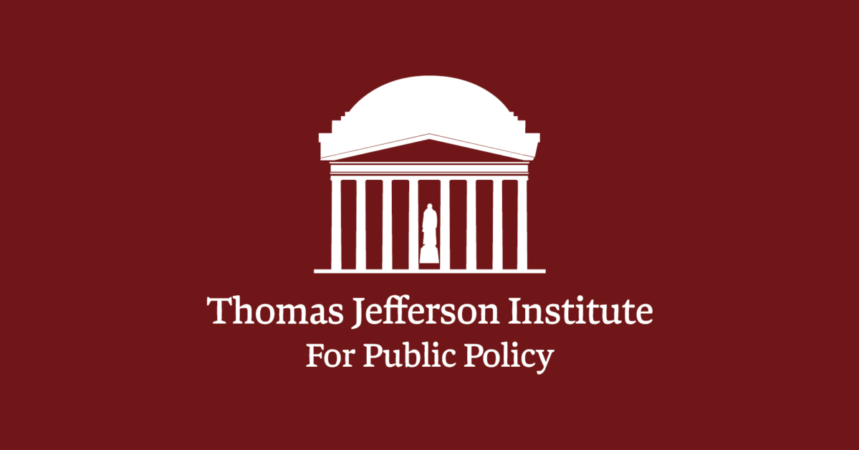The Environmental Protection Agency (EPA) has taken an unprecedented step under the mobile source section of the Clean Air Act and issued an “endangerment” finding for a number of greenhouse gases including CO2, paving the way for regulations that will for the first time declare a naturally occurring substance in the air is an indirect danger to human health.
EPA is about to regulate another natural substance—perchlorate! If EPA regulates perchlorate, as some environmental groups desire, agriculture may pay an extraordinary price.
Perchlorate is a salt. It is both naturally occurring and man-made. It falls within the family of goitrogens that affect thyroid functions including nitrate and thiocynate that can interfere with how the body processes iodine.
Perchlorate has been manufactured since only the early 1900s but recently it has been turning up in a number of curious places with no identifiable man-made source.
Discovered on Mars
It was discovered by NASA on Mars during their most recent visit to the red planet. Scientists exploring the polar ice caps have taken core ice samples and through their analysis have confirmed that perchlorate was present in precipitation more than 2000 years ago.
The U.S. Geological Survey, the federal agency charged with providing reliable scientific information to describe and understand the Earth, has indicated there are several mechanisms that cause natural perchlorate formation but they still don’t have a clear understanding of what those are.
Farmers who know anything about perchlorate will recognize it as an ingredient in organic fertilizers derived from Chilean nitrates. For those of you in California, perchlorate is probably well known as a ground water contaminant stemming from its use as an oxidizer in solid rocket motors and ballistic missiles.
Historically, however, farmers haven’t had much reason to be concerned about perchlorate regulations because any health issues presented only at very high concentrations (above 14,000 parts per billion, ppb) and most contaminated areas were relegated to former military sites. The low levels of perchlorate that occur naturally between 4 and 12 ppb were not the subject of any regulatory scrutiny, so no concern for farmers – until now.
In 2005, after an exhaustive review, the National Academy of Sciences and the EPA concurred on a safe drinking water equivalent for perchlorate of 24.5 ppb.
Under pressure
Environmentalists, however, have been pressuring the EPA for years to declare that perchlorate is unsafe at any level. In August of 2009, EPA signaled its intent to regulate perchlorate at very low levels—well within the range of natural occurrence.
With this one step taken by EPA, the agriculture community no longer has the luxury of ignoring what EPA is proposing with respect to perchlorate.
A regulation that declares low levels of perchlorate a health hazard would have two immediate impacts for agriculture. First, declaring low levels of perchlorate as unsafe would unleash food scares associated with a variety of commodities.
Naturally occurring perchlorate is so pervasive that it is found in nearly everything including water, milk, fruits and green leafy vegetables. Even in the short run, commodity costs would escalate sharply, and market perceptions of possible health concerns would have significant adverse consequences for agricultural planting decisions, borrowing capacity and market values.
Economic Damage
The economic damage from these unwarranted food scares would cost farming jobs, close agricultural businesses, shutter family farms and move jobs to foreign countries.
Second, a regulation that declares low levels of perchlorate a health risk will portend similar treatment of other goitrogens like nitrate and thiocynate. The human body always has a certain amount of unavoidable exposure to these compounds. Common vegetables in our diet such as soybeans, corn, cabbage, broccoli, and spinach are rich, natural sources of nitrate and thiocynate and scientists, physicians and the FDA continue to insist they are critical for maintaining good health. EPA regulations won’t change those facts, but what they will do is negatively impact the perceived safety of our products and the viability of our markets in such a dramatic way that for some in the industry, it will be difficult to recover.
EPA Administrator Lisa Jackson has committed to make a decision whether to regulate perchlorate some time in 2010. Just as with climate change, many people are asking how we got to the point that federal agency is considering regulating something that by all indications is formed through an almost universal atmospheric process. The agriculture community should monitor these developments closely.
Given the natural occurrence of perchlorate, nitrate and thiocynate at low levels in a number of foods, agricultural and dairy products, EPA has an obligation to make regulatory decisions that rigorously adhere to the best available science. This Administration has committed to that basic standard. It’s critical the public not be misled into a state of alarm by a distorted political agenda.






